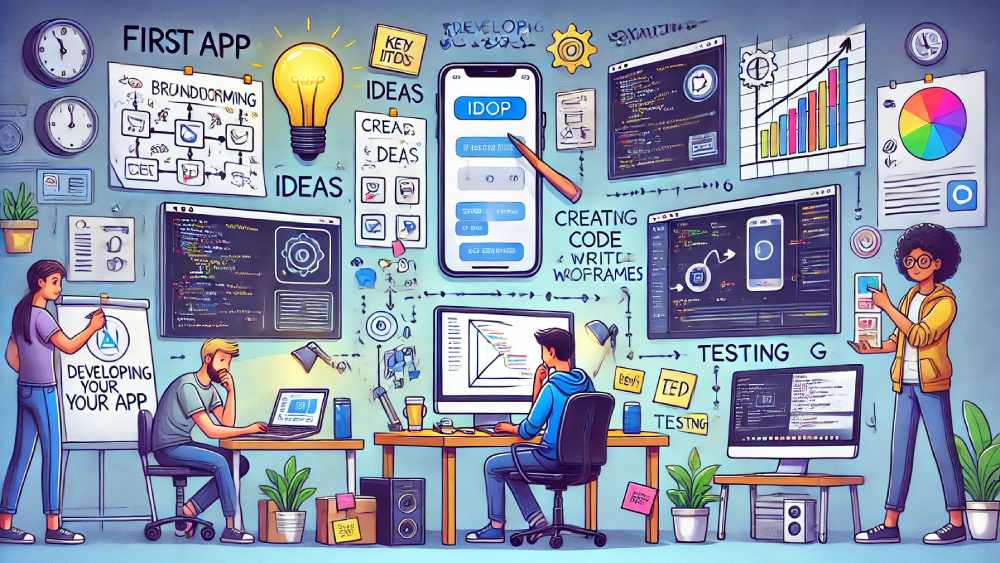The Evolution of Software: A Journey Through History
Software has become an indispensable part of our modern lives, powering everything from smartphones to complex artificial intelligence systems. Yet, the journey of software development stretches back decades, marked by significant milestones that have shaped our technological landscape. In this article, we embark on a historical exploration of software, tracing its evolution from humble beginnings to the sophisticated programs of today.
Early Beginnings: The Birth of Software
The concept of software can be traced back to the mid-20th century, coinciding with the dawn of the digital age. Early computers, such as the ENIAC (Electronic Numerical Integrator and Computer) developed during World War II, were programmed using intricate wiring and switches. These early efforts laid the groundwork for what would soon become the software industry.
The Rise of Programming Languages
In the 1950s and 1960s, the development of programming languages revolutionized software creation. Languages like Fortran (1957) and COBOL (1959) allowed programmers to write instructions in a more human-readable format, making software development more accessible and efficient. This era also saw the emergence of operating systems like IBM’s OS/360, which standardized computing environments.
The Personal Computer Revolution
The 1970s and 1980s witnessed the rise of personal computing, spurred by pioneers like Apple and Microsoft. Operating systems such as MS-DOS and the graphical user interface (GUI) introduced by Apple’s Macintosh made computers more user-friendly and accessible to the general public. Software applications for word processing, spreadsheets, and databases became commonplace, setting the stage for the software-driven productivity we take for granted today.
Internet Age and Beyond
The advent of the internet in the 1990s ushered in a new era of software development. The World Wide Web transformed how software was distributed and used, with web browsers becoming the gateway to a vast array of applications and services. E-commerce, social media platforms, and search engines emerged, forever changing how we connect, communicate, and consume information.
The Rise of Open Source and Cloud Computing
The 21st century has seen the proliferation of open-source software, driven by collaborative communities and shared innovation. Projects like Linux, Apache, and Mozilla Firefox have become foundational to modern computing, powering servers and devices worldwide. Meanwhile, cloud computing has revolutionized software deployment, enabling scalable, on-demand access to applications and services over the internet.
Artificial Intelligence and Beyond
Today, we stand on the brink of a new technological frontier with artificial intelligence (AI) and machine learning leading the charge. AI-driven applications are transforming industries ranging from healthcare to finance, pushing the boundaries of what software can achieve. Autonomous vehicles, smart homes, and personalized digital assistants are just a glimpse of the possibilities that lie ahead.
Conclusion: The Future of Software
As we reflect on the history of software, one thing becomes clear: its evolution is inexorably linked to human ingenuity and innovation. From the earliest computers to the complex systems of today, software has continuously evolved to meet the ever-changing needs of society. Looking forward, emerging technologies such as quantum computing and blockchain promise to further redefine the landscape, presenting new challenges and opportunities for software developers and users alike.
In conclusion, the history of software is not merely a chronicle of technological advancements but a testament to human creativity and perseverance. As we navigate the complexities of a digital age, understanding this history provides valuable insights into where we’ve been and where we’re headed in the exciting journey of software development.



Post Comment